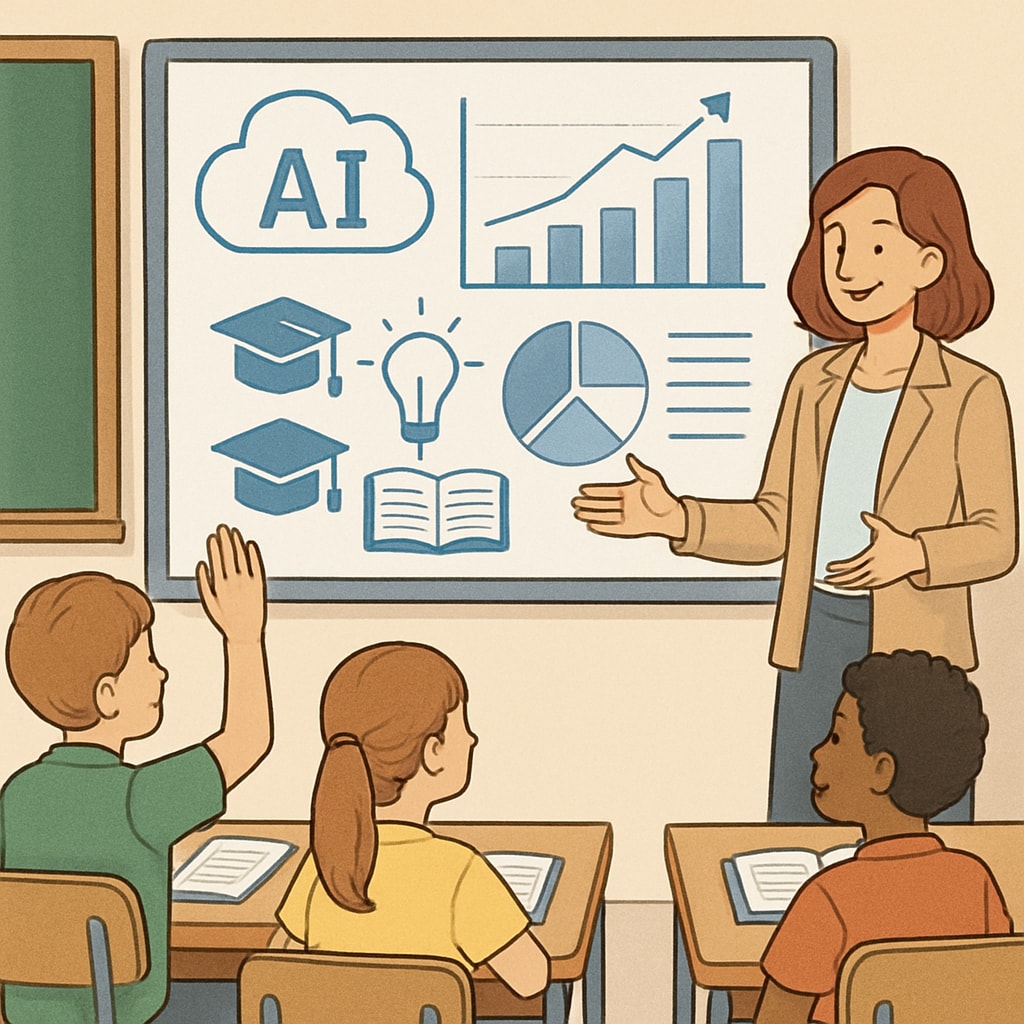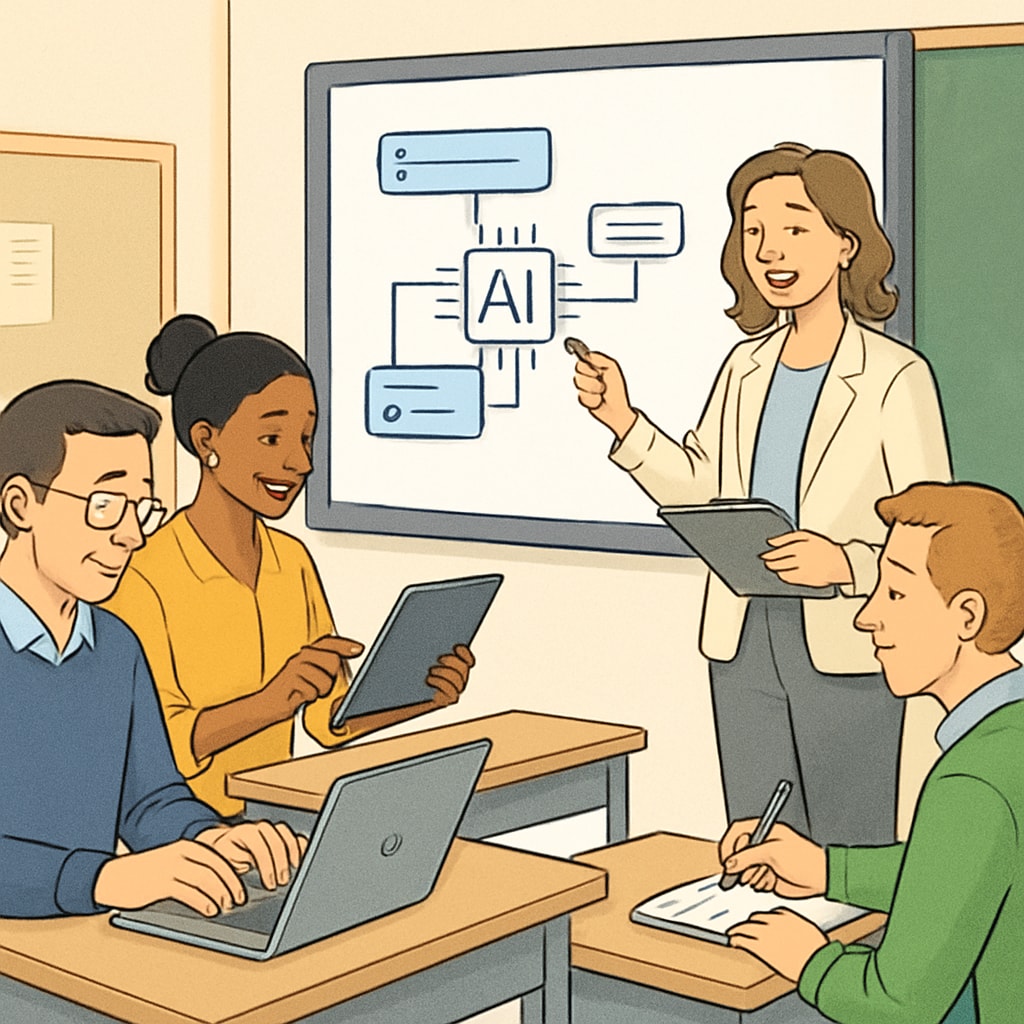As artificial intelligence (AI) continues to revolutionize industries, its impact on education is becoming increasingly apparent. The future of teaching is being reshaped, leading to crucial questions about teachers’ professional value and salaries. While AI offers opportunities for innovation, it also raises concerns about educators’ roles in the classroom and how they can maintain relevance in an AI-driven future.
The Growing Presence of AI in Education
AI is being integrated into education through adaptive learning platforms, automated grading systems, and virtual tutoring programs. These technologies promise personalized learning experiences and efficiency in administrative tasks, but they also challenge the traditional roles of teachers. For example, AI-powered tools like adaptive learning systems can tailor lessons to individual students’ needs, potentially reducing the need for human intervention in certain areas.
However, the rise of AI does not mean the end of teaching as a profession. Instead, it highlights the need for educators to focus on tasks that machines cannot replicate, such as fostering critical thinking, emotional intelligence, and interpersonal skills. Teachers must adapt and redefine their value in a landscape where AI handles routine tasks.

Redefining Professional Value in an AI Era
One of the biggest challenges facing teachers in the AI era is the redefinition of their professional value. With AI automating repetitive and data-driven tasks, educators must emphasize their uniquely human qualities. These include the ability to inspire, mentor, and build meaningful connections with students.
For teachers to remain integral to education, they must embrace roles as facilitators of deeper learning. For instance, integrating AI tools into their teaching strategies can allow them to allocate more time for interactive discussions and personalized guidance. As a result, teachers can demonstrate the irreplaceable value they bring to education.
Moreover, professional development will play a critical role. Educators should acquire skills in AI literacy to effectively use these tools, ensuring they remain competitive and indispensable in the workforce. According to a Britannica article on AI, understanding how AI functions and its limitations will empower teachers to collaborate with technology rather than compete against it.

The Impact on Salaries and Job Security
As AI continues to alter the educational landscape, questions about its impact on teachers’ salaries and job security arise. On one hand, the automation of administrative tasks could lead schools to reduce staff, potentially affecting job stability. On the other hand, teachers who embrace new roles and upskill themselves may find opportunities to command higher salaries due to their enhanced expertise.
However, disparities could emerge. Educators in well-funded schools may have greater access to AI tools and training, while those in underfunded institutions may struggle to keep up. This imbalance could widen the gap in salary and job security between different educational environments.
Preparing for the Future of Education
To navigate the challenges posed by AI, teachers and policymakers must work together to create an equitable future. This involves:
- Providing access to AI training for all educators, regardless of location or school funding.
- Establishing clear guidelines on how AI should complement, rather than replace, teachers’ roles.
- Advocating for policies that protect educators’ job security while encouraging innovation in teaching methods.
Ultimately, the future of education will require a balanced approach where AI enhances the teaching process without diminishing the role of educators. By focusing on their unique strengths and adapting to technological advancements, teachers can secure their place in an evolving educational system.
The AI-driven transformation of education is both a challenge and an opportunity. Teachers who embrace change and prioritize lifelong learning will not only maintain their professional value but also thrive in the classrooms of tomorrow.
Readability guidance: This article uses concise paragraphs, lists to summarize key points, and transitions to connect ideas. It adheres to readability guidelines by minimizing passive voice and ensuring sentence variety.


